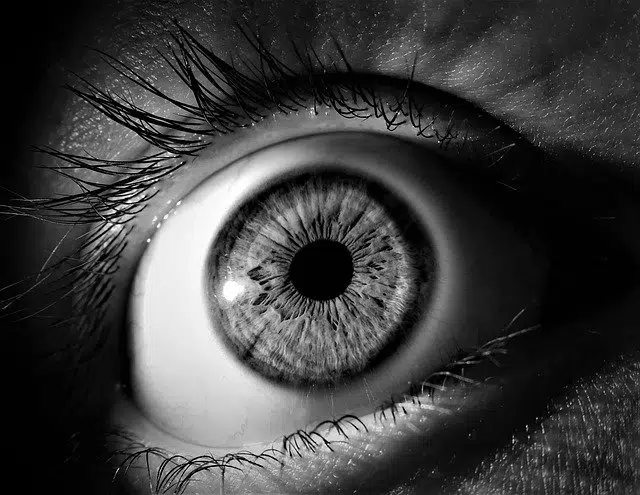
The dilation of the pupils is a response to certain stimuli.
The etymological origin of the word dilation is found in Latin, more specifically in "dilatio", which can be translated as "extend in several directions." This word is made up of the following parts: the prefix «dis-«, which is equivalent to «multiple separation»; "lat" meaning "carry" and the suffix "-tion", which is used to indicate "action and effect."
Dilation is the action and effect of dilating or dilating . The verb dilate, for its part, refers to making larger, extending or lengthening something; to propagate; or to postpone the completion of an action . For medicine , dilation is the procedure or result of increasing the caliber of a duct, hole or cavity .
Cervical dilation
Cervical dilation , for example, is an indispensable part of labor . It occurs when contractions become more frequent and intense. The dilation period can last up to 18 hours and ends when the cervix reaches a dilation of about ten centimeters, enough for the woman to push and the baby to leave the uterus and reach the outside.
Specifically, when it comes to childbirth, there are two major phases within dilation:
• Latency phase, which occurs when what is called effacement of the cervix occurs.
• Active phase. It begins when there are already two centimeters of dilation and lasts until what would be complete dilation begins to arrive. In turn, it is made up of three other stages: acceleration phase, which is between 2 and 4 centimeters of dilation; phase of maximum slope, which is the one that goes from 4 to 9 centimeters; and deceleration phase, which lasts until the complete call starts.
In various situations it becomes necessary for the woman to delay due to danger to herself or the baby. Therefore, she must do exercises to promote it, such as the one based on the use of the so-called Swiss ball.
The pupil facing a stimulus
Pupil dilation , for its part, is the response of this part of the eye to a stimulus . A muscle located in the iris is responsible for dilating the pupil according to the order of the sympathetic nervous system.
Pupils can dilate when light is low, in a stressful situation or due to the action of a drug . When a pupil dilates (that is, its diameter increases), it is called mydriasis .

Railroad tracks can experience expansion due to heat.
Dilation in physics
In the field of physics , dilation is the increase in the length, surface or volume of a body due to the separation of its molecules due to the decrease in its density. Thermal expansion, in this sense, occurs when the temperature of a body increases, such as when railroad tracks expand.
In relation to the last term, we would have to state that there is what is known as the expansion coefficient. This is a word used to measure the relative change that a liquid or solid experiences within a receptacle, in terms of length or volume, when changing temperature and thermal expansion occurs.
